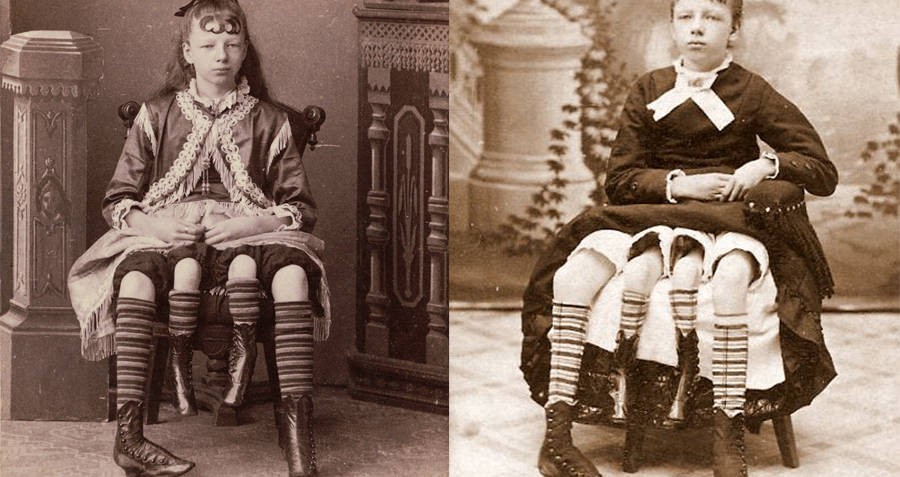Fact Check: Drinking Beer to Cool Down in Summer
 |
| Fact – Check: Does Drinking Beer Help With The Thirst Or Not? Knowinsiders.com |
| Table Of Content |
Experts advise against drinking alcohol when hot because of the risk of dehydration. Meanwhile, another alcoholic beverage, beer, is useful in the summer.
In the discussion on how to beat the heat, Dr. Stuart Galloway (University of Stirling, UK) said that beer contains some electrolytes and high water content so it can be helpful in the process of rehydrating the body.
However, Dr. Galloway recommends, if you drink more than 1 liter, the effects will no longer exist.
So, does beer help with your thirst in the summer? Let’s do a fact-check and find out.
What Is Beer Made Of?
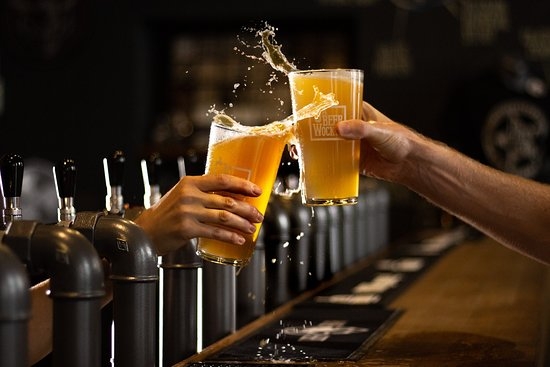 |
| Photo: TripAdvisor |
Beer is an alcoholic beverage made of fermented grains. Different combinations of cereal grains go through various stages of treatment and fermentation, resulting in a carbonated drink ranging from lightly golden to dark amber to nearly black.
The four typical main ingredients of beer include water, barley, hops, and yeast.
1. Barley: Barley is a cereal grain (or true grain) used to brew beer since the third millennium BCE, in Egypt, Babylon, and Sumeria. Barley is the preferred grain for making beer because it generates a lot of starch-digesting enzymes, forming fermentable sugars that then become alcohol. In beer-making, the germination of barley grains is called malting. Barley is one of many grains (in addition to rice, oats, corn, millet, sorghum, and wheat) that brewers use to brew beer.
2. Hops: Soft, green hop cones are the flowers of the hop plant (Humulus lupulus), a perennial plant cultivated as far back as the ninth century. The alpha acids in hops are the primary bittering agent in beer; a compound in the cones called lupulin informs the aromatics and flavor notes in the finished brew, such as pine, citrus, or banana. The oil extracted from lupulin glands also suppresses bacterial growth, allowing yeast to flourish. The hop bitterness is necessary to balance out the sweetness of the malt, and all forms of beer contain hops.
3. Yeast: Yeast is a single-cell fungus and a powerful leavening agent that causes bread to rise by digesting the sugars in the flour and releasing carbon dioxide as a byproduct. Brewers may use active dry yeast, lager yeast, ale yeast, and liquid yeast strains to make various beers. The yeast affects the beer flavor when it breaks down the sugars into ethanol, forming other metabolites that further influence the aroma and flavor.
What Is the Beer Brewing Process?
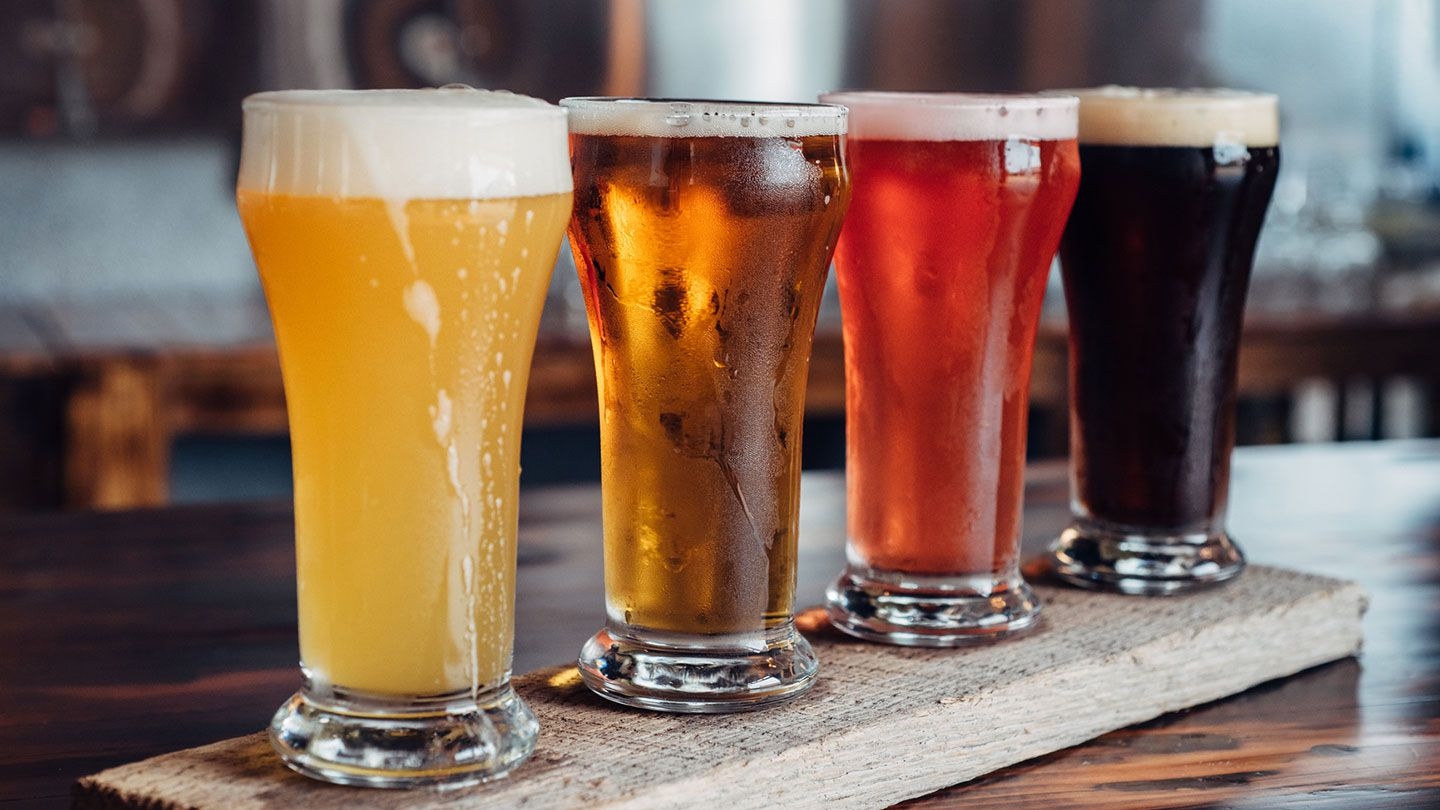 |
| Photo: Everyday Health |
After the brewers decide which grains to use, they send them through a brewing process where they eventually become the alcoholic drink known as beer. The steps of a typical brewing process include:
Milling: Milling is the process of heating and cracking open the grains (often barley and wheat) so that the mash liquor can easily access them. Milled malt—crushed germinated barley kernels—are essentially the beer’s “grounds” (similar to coffee grounds), which will create the body of the beer. Brewers don’t usually need to mill grains like corn or oats for beer brewing.
Mashing: Brewers mix the crushed malt with hot water inside a mash tun—a brewing vessel that mixes water with the ground malt—activating the enzymes created by the broken-down endosperms. This process converts the malt starches into maltose and dextrins (sugars).
Boiling: The liquid created from the mashing process—known as wort—gets boiled at a high temperature for a certain amount of time, depending on the beer style. For instance, sixty to ninety minutes is often the range for porters and stouts, whereas brewers can boil IPAs for as little as thirty (but up to ninety). Brewers can boil strong ales like barley wine for up to 120 minutes. The boiling process, which pasteurizes the wort, eliminating harmful bacteria, is also when brewers add hops and other spices. The amount of hops depends on the desired bitterness of the beer.
Fermenting: The wort passes through a lauter tun—lautering is the process of separating the wort from the spent grain bed—where the brewer adds yeast, which feeds on the sugar from the malted grain, starting the fermentation process. As the mixture ferments, it produces alcohol and carbon dioxide, then gets cooled again.
Filtering: After the mixture cools, brewers filter it again either directly or in a pressure- and temperature-controlled mechanism called a “brite tank” (sometimes spelled “bright tank”). Brewers may also add carbonation during this stage. While carbonation naturally occurs during fermentation, forced carbonation (where carbon dioxide gets pumped into the beer) can also be necessary to provide the right bubbles.
Packaging: After getting cooled and filtered, the finished beer is ready for bottling, canning, or put into kegs for distribution. Some brewers transfer the beer into barrels (such as imperial stouts) or casks (such as real ale) for aging before distributing it as the final product.
The effects of alcohol on hydration
Alcohol is a diuretic. It causes your body to remove fluids from your blood through your renal system, which includes the kidneys, ureters, and bladder, at a much quicker rate than other liquids.
If you don’t drink enough water with alcohol, you can become dehydrated quickly.
Here are some ways that alcohol affects your body, and some reasons you may become dehydrated more quickly:
You’re drinking on an empty stomach
After you take a drink, both the liquid and alcohol contents of the beverage pass through your stomach lining and small intestine into the bloodstream.
If you drink on an empty stomach, alcohol can be absorbed into the bloodstream within minutes. But if you drink water or eat while you consume alcohol, it may take much longer.
Alcohol begins to build up in your bloodstream
After it enters your bloodstream, alcohol can travel anywhere in your body. This includes your brain, which is why you feel loopy and your judgement is impaired when you’re buzzed or drunk.
Alcohol can even get into the lungs and be released when you exhale. This is why breathalyzers are often used to check if someone’s driving while intoxicated. This test measures blood alcohol concentration (BAC), or the amount of alcohol in your blood.
Alcohol slowly gets metabolized by the body
Your body’s metabolism can turn some components of alcohol into nutrients and energy. This happens at a rate of about one beer, a small glass of wine, or one shot of liquor per hour.
Alcohol is converted in the liver and begins acting as a diuretic
When its processed by enzymes in the liver, alcohol is converted into a large amount of acetaldehyde. This common substance can become toxic in high doses. In order to break this substance down and remove it from the body, your liver does most of the work of turning it into acetate.
Alcohol also reduces how much vasopressin your body makes. Vasopressin is an antidiuretic hormone. It causes the body to hold onto water, which typically limits how much urine your kidneys make.
The action of suppressing this hormone exacerbates the diuretic effect and leads to dehydration.
Alcohol’s components are flushed from the body
Acetate and other waste products are then removed from the body as carbon dioxide and water, primarily through lungs. Although the kidneys remove waste products, most of the water loss is due to the effect of vasopressin.
Water is flushed out much faster than alcohol is processed. This can increase your BAC significantly if you don’t replenish your body’s supply with a few sips of water as you drink.
If you consume more alcohol while your body is still processing your previous drinks, your BAC can rise quickly.
What Happens When You Are Dehydrated?
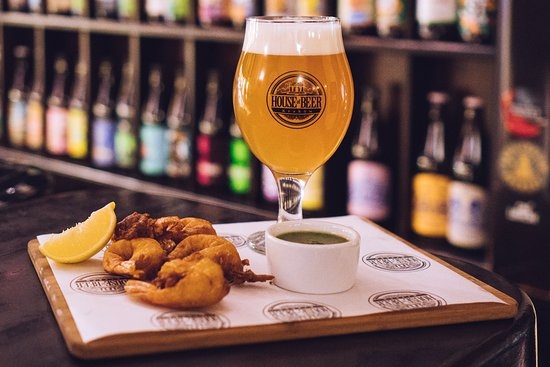 |
| Photo: TripAdvisor |
Dehydration occurs when your fluid balance becomes negative. When your body is expelling/using more water than you have consumed, and stored water begins to become depleted. A common sign that you are dehydrated is that you feel thirsty, but this is not always a good indicator. You lose water through a variety of mechanisms. Breathing will result in a loss of water, as will evaporation of water from your skin. Water lost through sweating is a major contributor, as is water lost through urination or defecation.
One of the biggest causes of dehydration is exercise, particularly exercise performed outdoors during sunny weather. When you are exercising in hot conditions you are losing water from a number of different areas. You are breathing more, which is leading to a loss of water, and your body is sweating to reduce your body temperature. Just being outside in hot weather and not exercising can lead to a massive increase in fluid loss.
Dehydration often resembles a bad hangover. Headaches, nausea, fatigue, dizziness, dry mouth, fainting, low blood pressure, and a high heart rate. Extreme dehydration can lead to death. Often, dehydration and heatstroke can occur at the same time, particularly for people exercising outside in hot conditions.
The Question: Can You Hydrate Yourself With Beer?
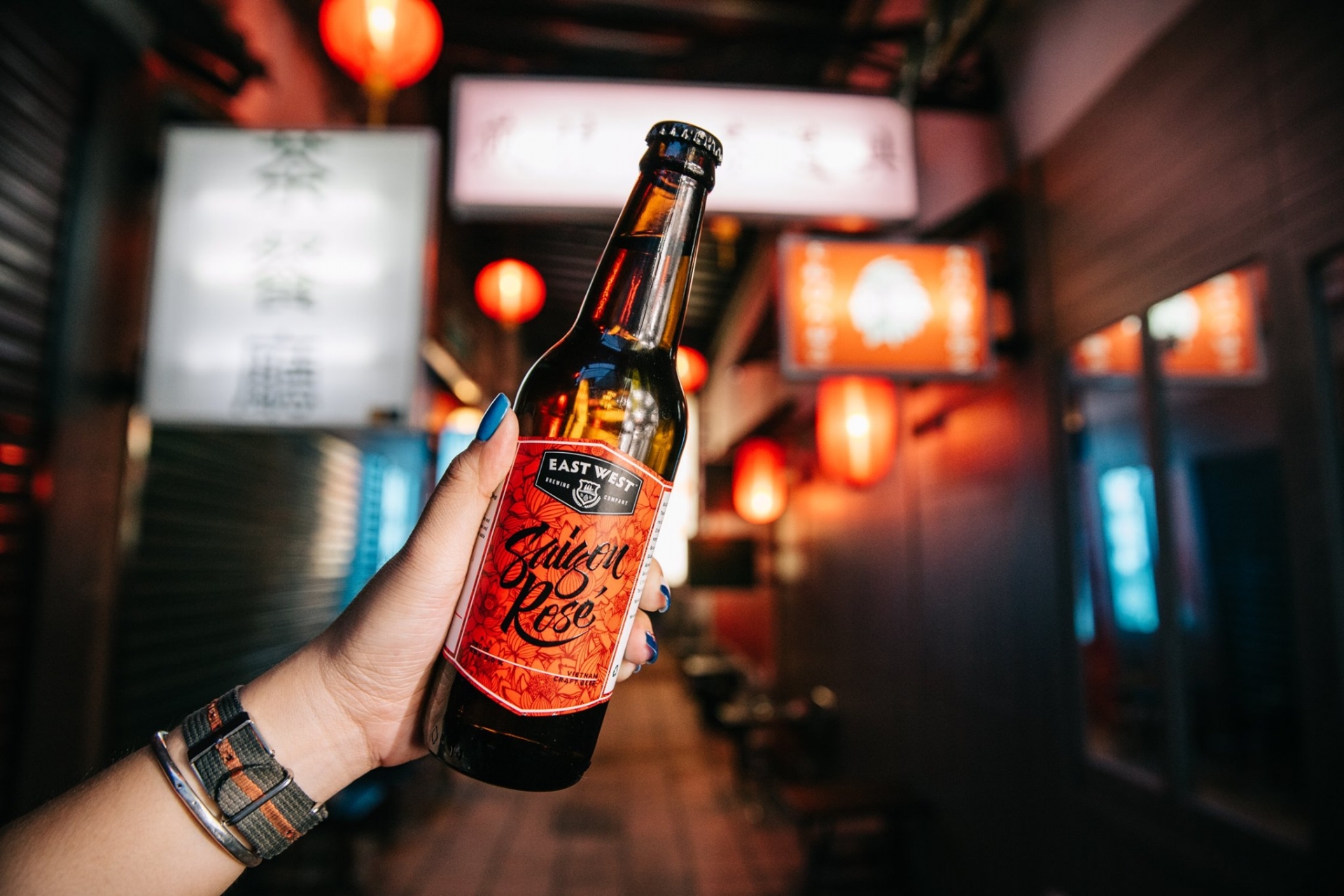 |
| Photo: East West Brewing Co. |
There is nothing more satisfying than a nice, cold beer to quench your thirst after mowing the lawn or riding your bike. In ancient times, it was safer to drink beer than water, but the beer back then was much lower in alcohol. Most beers today are above 5% ABV, making them questionable in regard to hydration.
Beer is made up of water, barley, hops, and yeast. All of these natural ingredients are healthy sources of carbohydrates, fat, protein, fiber, vitamins, and minerals, and they also contain electrolytes and phyto-nutrients. The fermentation process also has a positive effect on these ingredients by promoting increased bioavailability and enzymatic activity. This essentially means that the brewing ingredients are changed to a form that makes them readily absorbed and usable by the body.
A study published in The Journal of Applied Physiology explored the hydrating quality of alcohol after exercise-induced dehydration. In the study, 2.2 liters of an alcohol-free beer, along with a 1, 2, and 4% ABV beer, were consumed across the study. The study suggests that beverages with low alcohol concentrations have “a negligible diuretic effect” when consumed in a state of exercise-induced dehydration, meaning that hydrating with water or a low-alcohol beer (~2% ABV) is effectively the same. They also found that a 4% ABV beer had the same hydrating qualities but just took longer to achieve the same results. That’s good news considering you won’t find too many 2% beers.
On the whole, it would be fair to say that alcohol does not hydrate you. Alcohol is a diuretic, and drinking can lead to a suppression of the hormones that regulate urination. Your pituitary gland produces a hormone called Vasopressin (also known as “anti-diuretic hormone” or ADH). This hormone is released when your body feels that you are becoming dehydrated. Its purpose is to prevent you from needing to urinate.
Alcohol suppresses this hormone, which means that your body will stop preventing you from needing to urinate. Ever heard of “breaking the seal”? That’s where alcohol has suppressed vasopressin and now you need to urinate much more often.
Another issue is that alcohol that is over 4% actually causes you to urinate more water than is contained within your beer. So if you drink 1 pint of beer, you would urinate more than 1 pint. This water will come from stores within your body (muscle cells, fat cells etc). The more you drink, the larger the water debt you are creating. Kind of like earning £100 per day, but spending £105. You may have £500 saved, but after 101 days your savings will be gone.
The advice to drink extra water in between pints does work to some extent.
Not only will it top up your water levels while you’re drinking. But the extra trips to the toilet and the time it takes to drink the pint of water in between beers will slow your drinking down. Giving you a better chance of pacing your booze. But sadly, there is a finite amount of water you can drink, and you’ll still get a hangover the next day!
How Much Alcohol Is Safe to Drink?Men: 4 or Fewer Drinks Per DayFor men, low-risk alcohol consumption is considered drinking four or fewer standard drinks on any single day and less than 14 drinks during a given week. According to the NIAAA, both the daily and weekly guidelines must be met for a person to remain low risk. In other words, if you are a man who only drinks four standard drinks per day, but you drink four every day, you are drinking 28 drinks per week—which is twice the recommended level for low-risk alcohol consumption. Drinking four drinks per day four times a week would also exceed the guidelines. Women: 3 or Fewer Drinks Per DayResearch has shown that women develop alcohol use disorders at lower levels of consumption compared to men. Therefore, the guidelines for low-risk drinking are lower for women. The NIAAA guideline for low-risk consumption for women is three or fewer standard drinks a day and no more than seven drinks per week. Again, both the daily and weekly standards must be met to remain in the low-risk category. If you're a woman who only has two drinks a day but you have two drinks every day, that's 14 drinks per week—twice the recommended amount for low-risk consumption. |
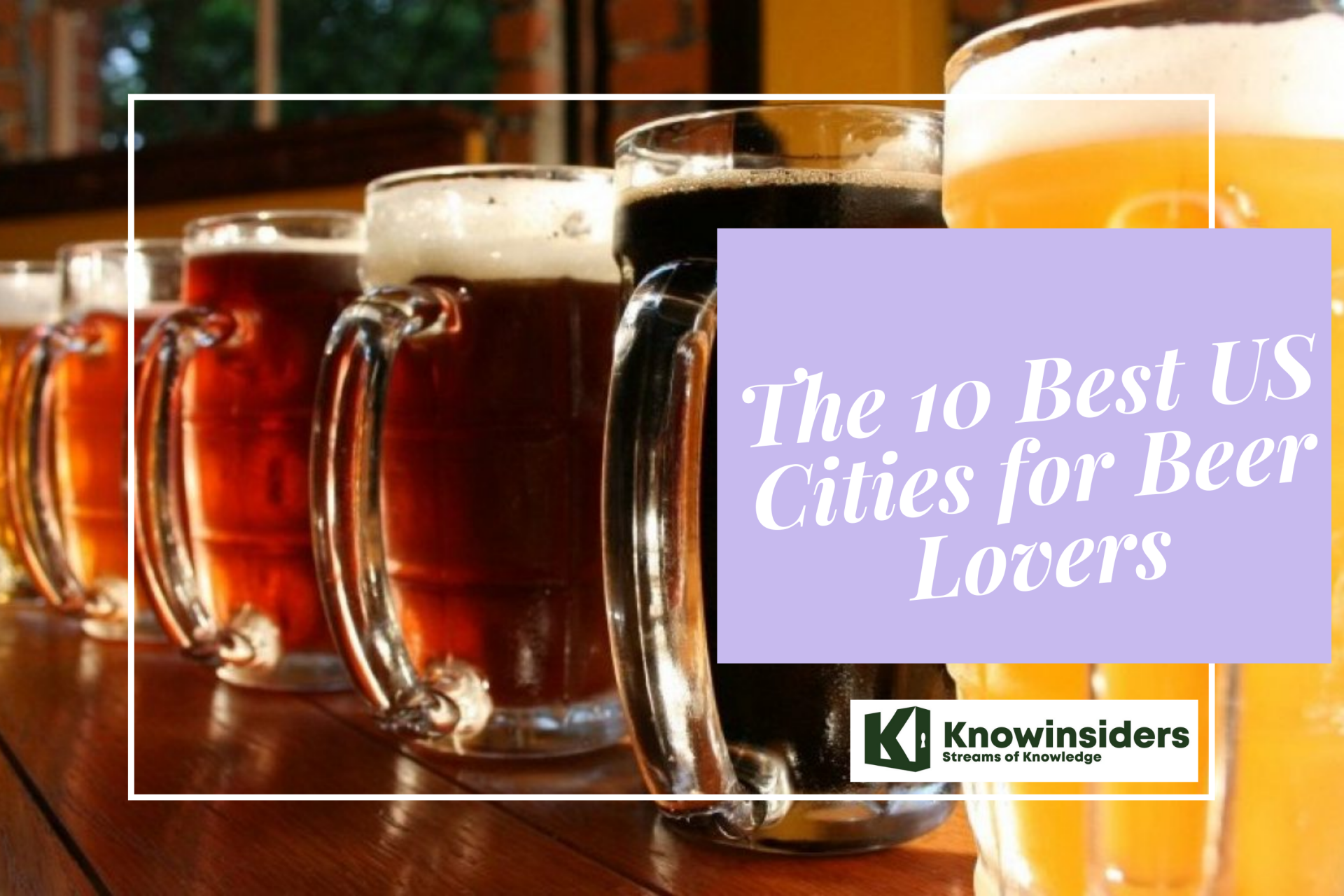 The 10 Best US Cities for Beer Lovers The 10 Best US Cities for Beer Lovers According to a Lawn Love report on September 29th, these 10 cities right below are the best US cities for beer lovers in 2021. Check ... |
 10 Best Cities for Beer Lovers In The World 10 Best Cities for Beer Lovers In The World While beer is a popular beverage throughout the world, some places have mastered the science of brewing more than others. Check out the 10 best ... |
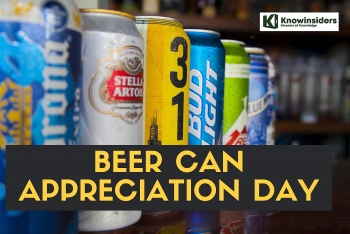 Beer Can Appreciation Day: Dates, Celebrations, History, Meaning and Facts Beer Can Appreciation Day: Dates, Celebrations, History, Meaning and Facts A fan of beer may know that there is a special day that people value beer can named Bear Can Appreciation Day (January 24th). |
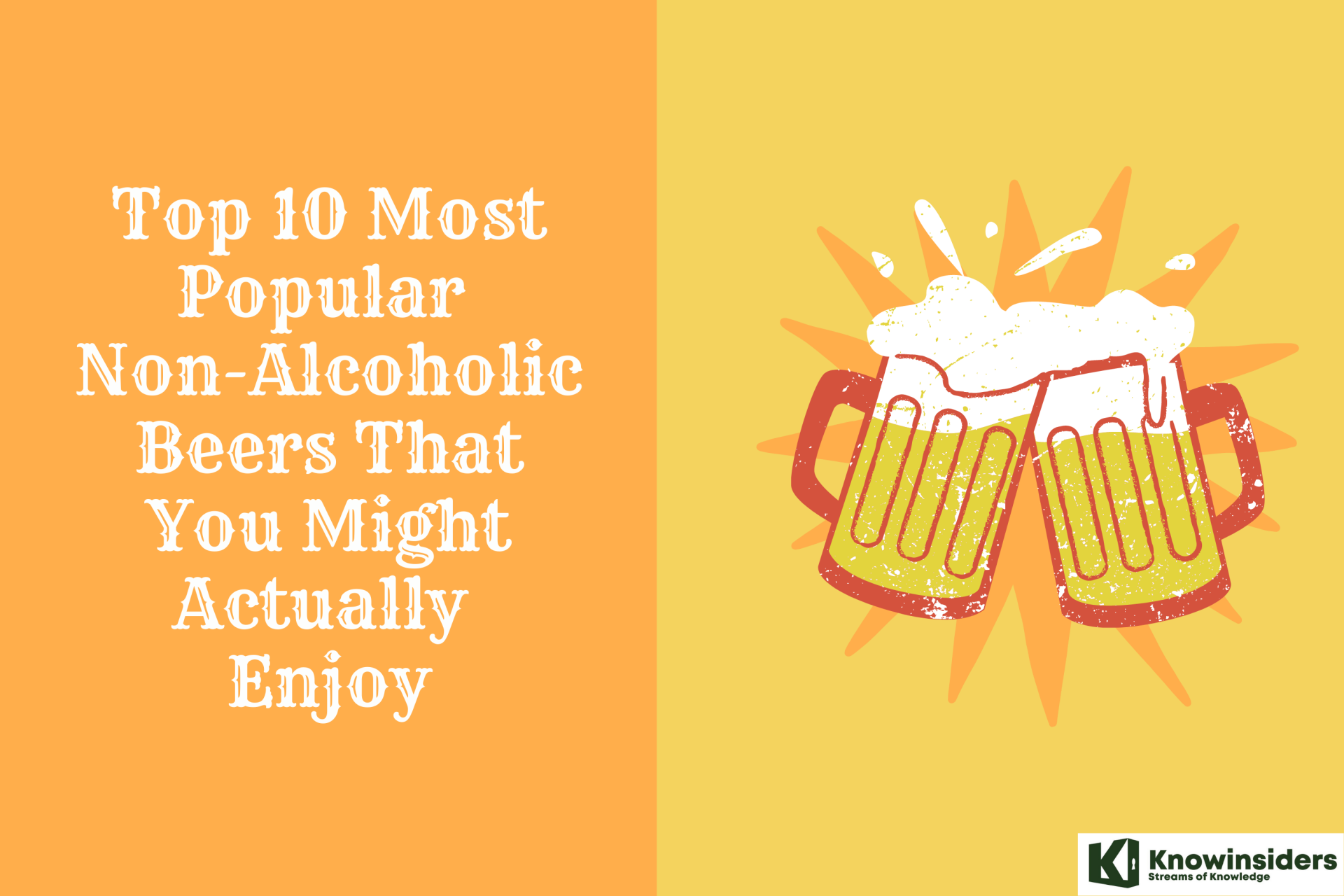 Top 10 Most Popular Non-Alcoholic Beers That You Might Actually Enjoy Top 10 Most Popular Non-Alcoholic Beers That You Might Actually Enjoy Today’s best Non-alcoholic (NA) offerings pack all the flavors found in traditional beer, with none of that next-day regret. Here are 10 of the most ... |
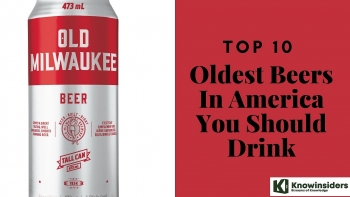 Top 10 Oldest Beers In America You Should Drink Top 10 Oldest Beers In America You Should Drink Beer is a famous drink all around the world, and it's easy to find the best beer brands everywhere you go. We will introduce you ... |

